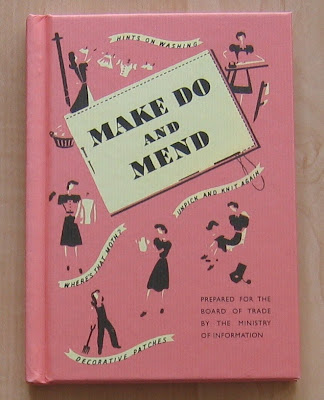The challenge is Wood, Metal, Bone. As The Dreamstress explains;
"Cloth may be the most obvious material in historic costuming, but wood, metal, and bone are just as important to creating the right look and silhouette. They are often, literally, the foundations of a period garment, with shoes made from wood; skirt supports made from wood, metal or bone; and bodies and bodices shaped with the same. Wood, metal and bone provided the finishing touches to garments too, in metal jewellery, wood and bone fan sticks, and straw hats. For this challenge, make anything that incorporates wood, metal, or bone."
The challenge allows a generous interpretation of the categories; so ‘bone’ includes any of the types of plastic boning used in place of whalebone, and ‘wood’ includes rayon and other wood/cellulose based fibres, and also cane and straw.
It was the final one which did it for me, as this finally provided the impetus to do something with a hank of straw plait which I’ve had in my stash for ages.
 |
| Unused hank of Japanese straw plait |
I’d bought it ages ago, with the wild idea of making a bonnet. When I was a student (years ago) I had read about the Orkney straw bonnet industry, which flourished in the early nineteenth century. Allegedly the industry declined rapidly when Queen Victoria, upon being presented with a fine Orcadian straw bonnet, "laughed derisively and put it on the head of her pet dog". More probably the decline was due to the combination of changes in fashion and cheap imports.
 |
| Straw bonnet, 1860, Victoria and Albert Museum |
Eventually common sense prevailed, and I realised that making a bonnet with no previous experience of working with straw plait was just a little over-ambitious, so the straw remained unused. Then, when this challenge was announced just as I finished the Mikko dress, I had An Idea.
I had a vague memory of having seen 1930s bags made of straw plait, with raffia decoration. A trawl of the internet turned up something very similar to what I had in mind.
 |
| 1930s straw bag, sold by Steptoes Dog |
Finally, a use for the straw. One of the things which makes straw plait so simple to work with is that it can easily be manipulated from straight to curved, but remains flat.
 |
| Plait straight and curved |
This works because in a plait, unlike a woven strip, each thread is in turn on both the outer and the inner edges. Even though the outer edge requires a longer strand, the inner edge is a shorter strand, so the whole thing evens up.
 |
| Straight and curved plait examples |
All very good in theory, so I started to stretch the plait along one edge, formed it into a small circle, then continued to work in a spiral, stitching the edges together as I went along. It would have turned out perfectly, if I’d been making a hat like this.
 |
| Dior, New Look, 1947 |
Unfortunately, I wasn't. Try as I might, I just couldn’t get the straw plait circle to lie flat. On top of this it didn’t feel very strong, certainly not strong enough to stand up to use as a bag. I decided that the only solution was to sew the straw onto a strong backing piece. In the 1930s this may well have been buckram, but I cheated and used the modern equivalent of heavy pelmet Vilene.
This worked perfectly for keeping the straw flat, and would be far sturdier. However before I made the circle too big, I had to consider handles. The only circular handles I could find in my local fabric shop were plastic, and about 12.5cm / 5" in diameter, which was too big for the size of bag I wanted to make. As an alternative I did consider using a pair of bangles, but at 7.5cm / 3", they were too small.
 |
| Handles too big and too small |
Fortunately on a trip to Liverpool I had a look in the much larger branch of the shop and found, not handles, but these.
 |
| 10cm / 4" embroidery hoops - problem solved |
The perfect size, and wooden as well. A double fit for the challenge! For this bag I used the inner rings, but some time I’ll file down the metal pieces on the outer rings, so that I can use them for another bag.
Now that I had the handle size, I could cut the Vilene to shape.
 |
| Bag outline, with the completed straw circle sewn on |
I continued to add lengths of straw plait, working out from the centre. However one detail of the original inspiration bag which I really like is the strip of contrasting plait that runs in a circle just below the handle. So for my bag I sewed a length of the original plait around the outer edge, and then worked in from there. Where the inner and outer sections met, I added a length of another plait; a slightly different colour, and shinier.
 |
| First side done, complete with contrast strip |
Then I started all over again, for the other side of the bag. By the time I was adding the outer strips of the second side, I had just about got my technique perfected. And I was very, very glad that I’d finally learned to sew with a thimble!







































